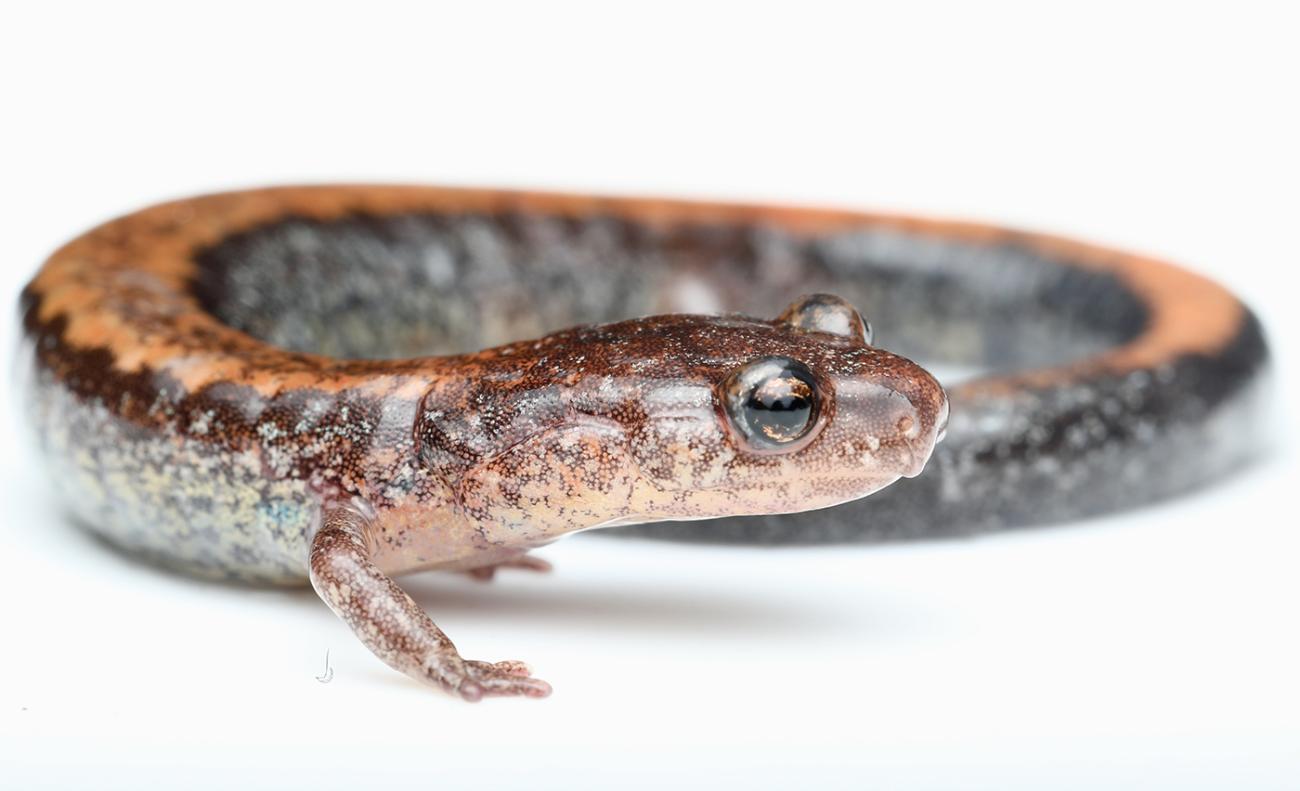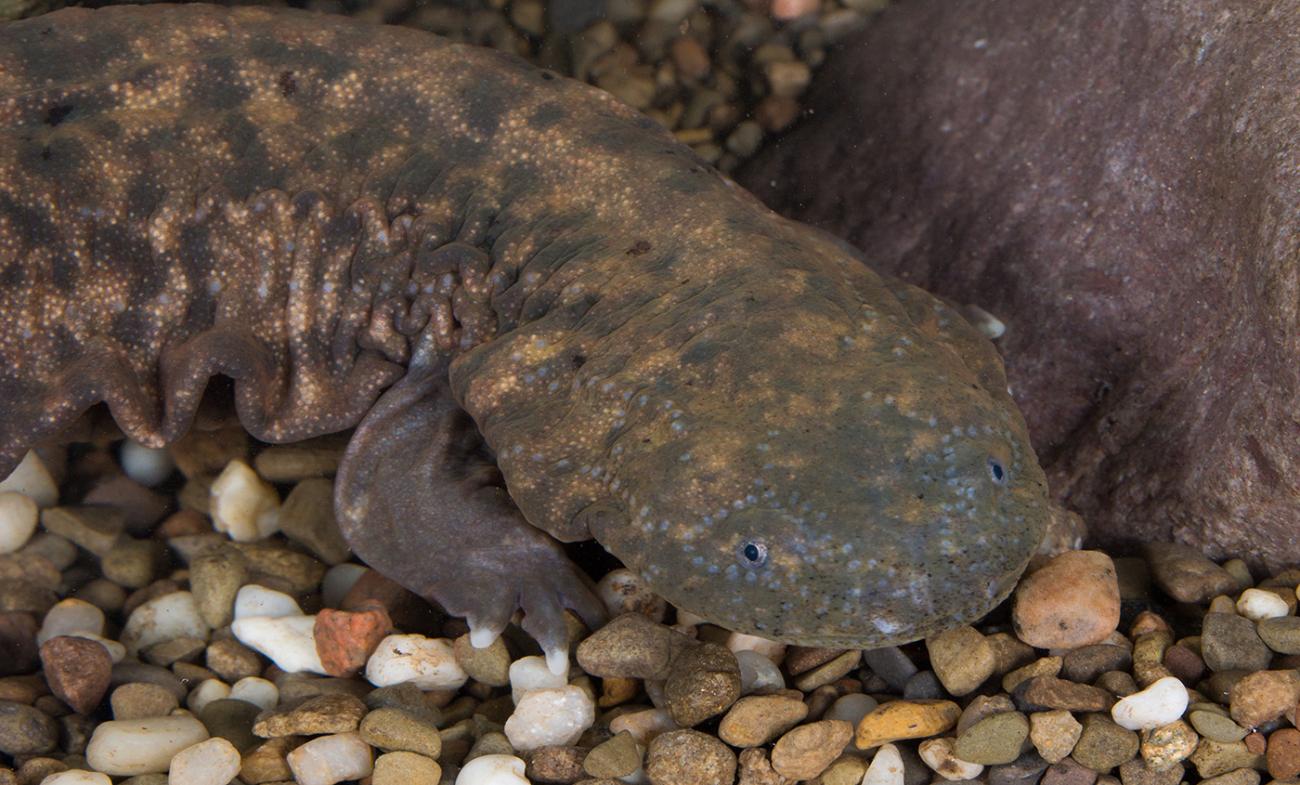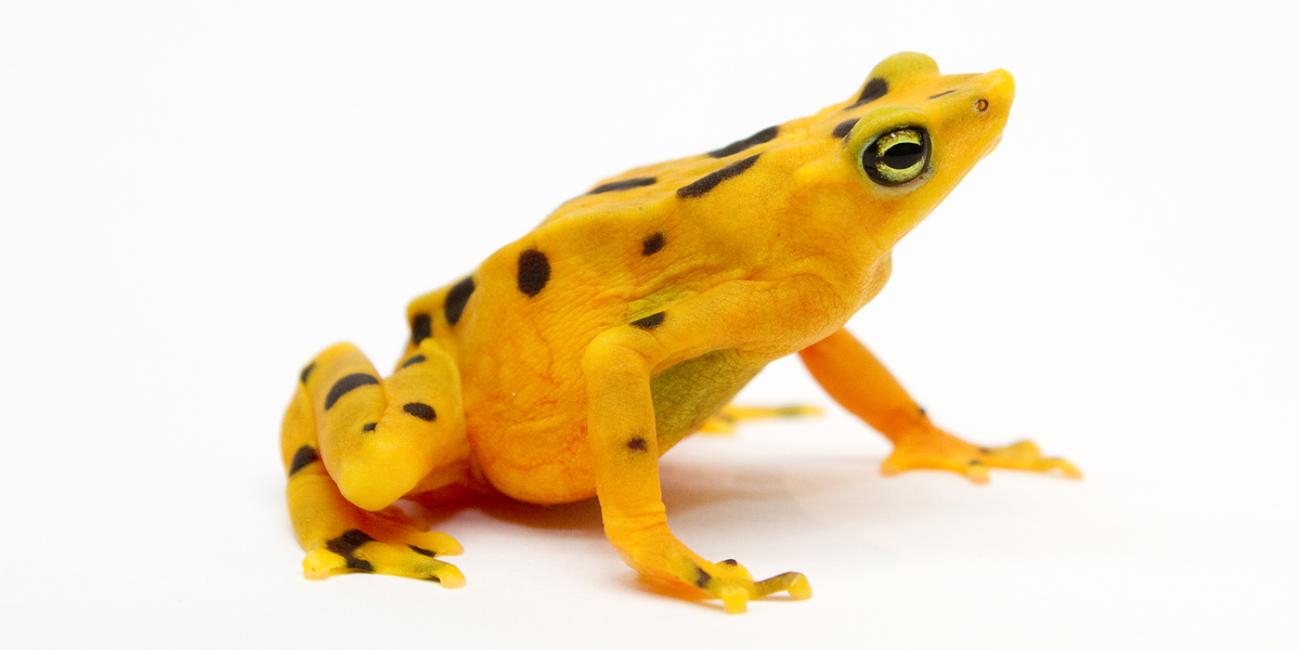Pathogens and Parasites
Disease is, in many cases, a natural and important part of life for both humans and animals. However, in other cases, diseases can be catastrophic to species with small population sizes, limited genetic diversity, or when a disease is introduced for the first time to a population of animals without any prior immunity. Some wildlife diseases can also spread to humans. These are called zoonotic diseases. The impacts of diseases in animals can have far-reaching impacts on ecosystems and human health.
Center for Conservation Genomics scientists study a variety of pathogens (bacterial, viral and fungal) and parasites that cause diseases in animals in the wild and animals in human care. They identify the genetics behind disease in current populations and historic populations of animals. This also includes using field surveys, laboratory experiments, museum collections and genomic tools.
Two diseases with major conservation impact have been at the forefront of research at the Center for Conservation Genomics: avian malaria and amphibian chytrid. CCG scientists study the geographic range of pathogens; the host response to infection; the genetics of pathogen virulence; the mosquito vector competence (in the malaria system); and the strategies to combat animals dying, including probiotics and identifying resistance genes.
Avian malaria
Avian malaria is a disease caused by one of hundreds of types of haematozoon blood parasites – related to those that cause malaria in humans. However, it has been a major threat to species of mammals and birds in only a few places. One such place is the Hawaiian Islands, where a malaria parasite (Plasmodium relictum) and an appropriate mosquito vector (Culex quinquefasciatus) were introduced by people into habitats with an immunologically naïve set of native bird host species. This has led to major declines and extinctions in many bird species, mostly impacting the native Hawaiian honeycreepers, and restricting most of the remaining native species to higher elevation habitats where the mosquitoes and malaria have not yet reached.
Amphibian chytrid
The chytrid fungus Batrachochytrium dendrobatidis (Bd) is a skin pathogen of amphibians. Bd infection causes amphibians to die from cardiac arrest by disrupting essential ion transport across the skin. Introduction of Bd to naïve amphibian communities has caused the greatest loss to vertebrate biodiversity in recorded history, impacting hundreds of species across the globe. A new closely related chytrid species Batrachochytrium salamandrivorans (Bsal) is also threatening amphibian biodiversity, particularly salamanders.
CCG scientists have also applied genetic techniques to address other disease issues including:
- next-generation sequencing capture method (“EctoBaits”) to simultaneously diagnose multiple pathogens in ticks, identify tick species, and identify the host bitten (Kenyan and Virginian ticks)
- using museum specimens and diagnostic techniques to identify distribution of pathogens related to declines in Tasmanian devils and bats (white-nose syndrome)
- studying the rediscovery and widespread and common occurrence of malaria in white-tailed deer in the southeastern U.S.
- developing molecular diagnostics to identify nematodes that infect the skin of wild giraffes and rhinoceros causing skin lesions that impact the animal’s health
CCG researchers hope to develop ways to help animals fight diseases and minimize pathogen spread. This may include bringing wild animals into human care, administering probiotic treatments, developing vaccines, and even possibly genetic modification. CCG scientists also provide assistance to the Smithsonian’s National Zoo’s veterinary staff in molecular disease diagnostics.
















